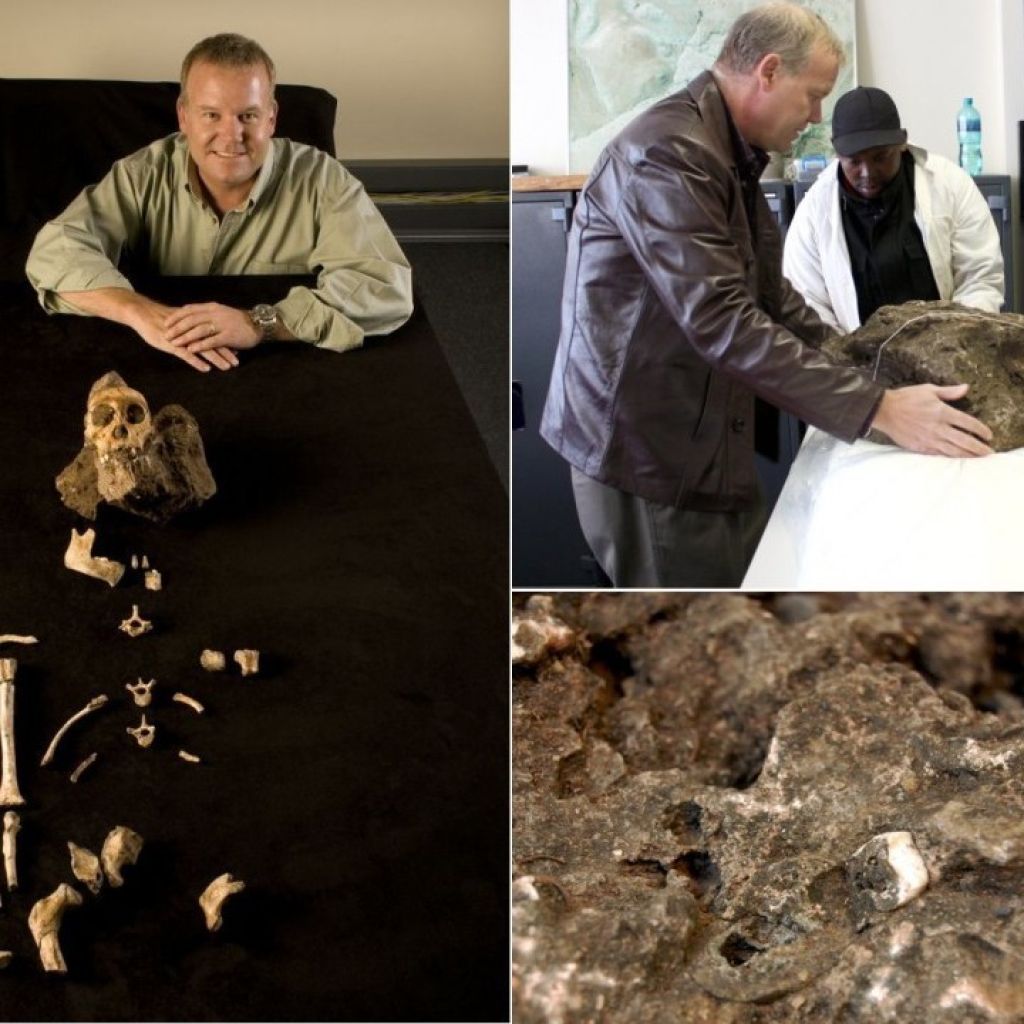Coming soon to Maropeng: the world’s first open laboratory

Last week saw the exciting announcement that Professor Lee Berger of the University of the Witwatersrand (Wits) would bring a world first to Maropeng: an open laboratory that will allow the public to see “live science”.
The laboratory will be used to examine a rock which contains fossils of Australopithecus sediba and to conduct other research that comes from Wits’ Institute for Human Evolution. Speaking in Shanghai, Professor Berger says that the lab will “push the boundaries of our existing technologies” by removing the fossils inside the rock in a way that will “maximise information and minimise damage to this precious, perhaps singular opportunity”. It is thought that the fossils in the rock may belong to Karabo, the first Australopithecus sediba skeleton discovered in 2008.
And that’s not all: “We are going to do this live in front of the world,” says Berger, who wants the image of science to be one of sharing and exchanging information, and not that of a restricted discipline which takes place behind closed doors.
So how would the world’s first open laboratory work? Maropeng is going to see some exciting developments in the coming months as the laboratory becomes a reality. “With the assistance of a number of partners, we are going to build into this lab studio a viewing platform for every person on the planet to watch us recover these important fossils,” says Berger. “With cameras, interactive displays and audio channels, the world will be able to watch this exciting find emerge over the next several years – both live as visitors to Maropeng, but also through a live feed on the internet.”
Maropeng Curator Lindsay Marshall says this exciting new project will change the way we think about science. “Maropeng provides a platform to bring the palaeosciences to the public,” she says. “This collaboration will only enhance what Maropeng has to offer. We are very proud to be part of this revolution; science will never be the same! Bringing the new sediba fossils to Maropeng will show visitors how the scientists work and will give everyone the chance to share in the exciting research.”
Plans for the open laboratory will unfold over the coming months, says Marshall, so watch this space!